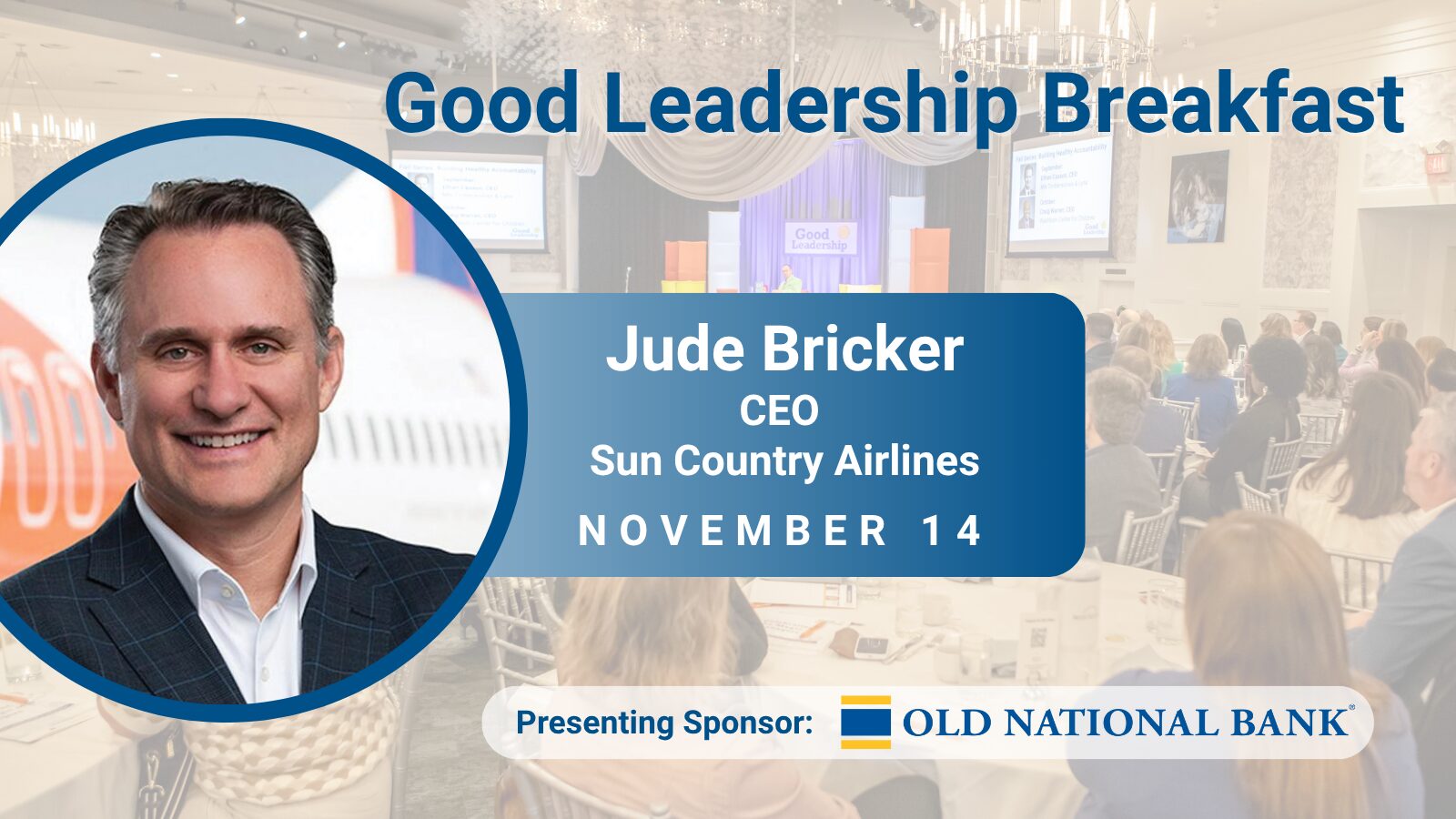

Good Leadership Is a Team Sport
Paul Batz
Prior to the pandemic, business researchers were zeroing in on a set of facts that most people consider to be common sense: assembling individually talented executives does not guarantee a successful business team. A 2019 study by the international executive search firm Russell Reynolds highlighted an important gap that holds businesses back:
- 93% of C-level executives believe they are a positive influence on the executive team where they are participating members.
- Of those same executives, only 55% think the executive team they are on can perform to the expectations of their owners and shareholders.
That’s amazing—38% of executives disassociate their own performance from the performance of the team. That helps to explain the Association for Corporate Growth data, which shows that only 28% of business teams deliver positive year-over-year performance three years in a row.
What’s going on?
The way leaders develop today is more individualistic, based on competition for the next big job with a bigger title and more marketable responsibilities. What’s celebrated in the media and reported on Linkedln profiles is superhero-style leadership. While those leaders are busy managing their function, polishing their P&L, and sharpening their technical skills, most are subconsciously separating themselves from their peers and distancing themselves from the team’s objectives. The result is a team of individuals neither aligned nor committed. And that’s why team accountability suffers.
These points support the data collected by Good Leadership since 2010:
Only 54% of executive teams surveyed for the first time with the Good Leadership Team Momentum Survey are aligned around a vision and plan they believe in.
Lack of alignment is also why leaders are working harder and longer hours than ever. Not only are team members not fully helping one another, but it’s also become commonplace for executives and managers to do their jobs without administrative assistants. Most begin their day with self-serving activities like sorting through hundreds of emails and man-aging their calendars. The isolation caused by the COVID-19 pandemic only made things worse.
Anyone can work longer and harder. The best teams collectively work less, have more fun, and make more money by working together better. Life’s too short to work as hard as most leaders work these days. Working better together requires the use of successful habits, which improve team performance without superhero energy. Giving everyone on the team more time and flexibility to pursue all of their passions—not just their work.

Goodness is when people thrive together in a culture of encouragement, accountability, and positive teamwork. It’s the “thrive together” idea that inspires the focus on teams.
Good leadership is the art and science of people working together to create great results. From that perspective, the best way to evaluate the effectiveness of a leader is to measure the success of the team. And the best way to coach the leader is also to coach the team.
Get your copy of our latest book, Good Leadership Is a Team Sport here: https://goodleadership.com/product/preorder-good-leadership-is-a-team-sport-book/



